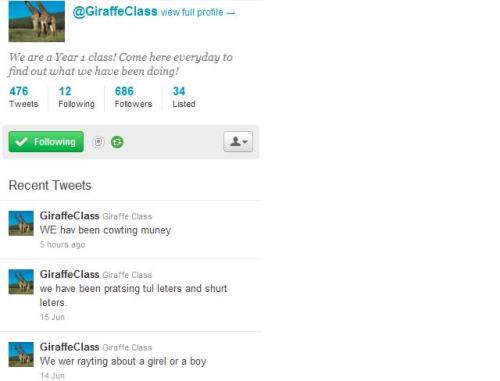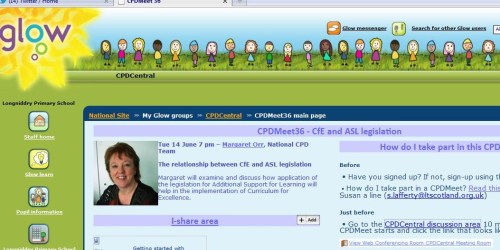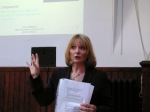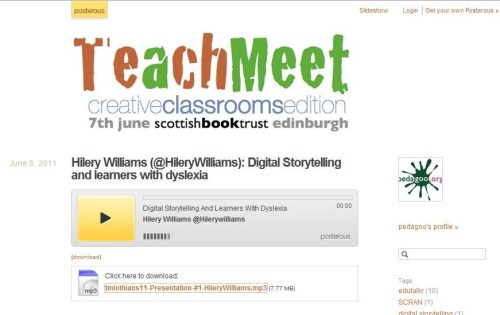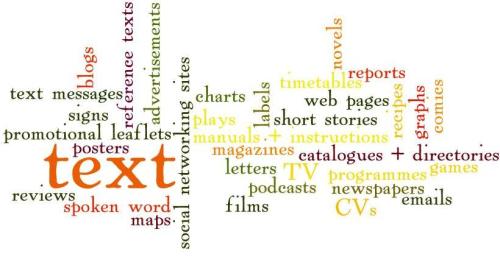No one can ever prepare a parent for two things: the immeasurable love that comes with having a child; and the sorrow and confusion that comes when your child appears to learn in a different way from other children.
I am an educator and neuroscientist, who studies how the brain learns to read and what happens when a young brain can’t learn to read easily, as in the childhood learning challenge, developmental dyslexia. Yet, despite this knowledge, I was unprepared to realise that my first son, Ben, was dyslexic.
He was five years old when I put all the pieces together, and I wept as soundlessly and deeply as every other parent. I wept not because of his dyslexia, which I understood very well, but because I knew the long, difficult road Ben faced in an educational system ill-prepared then to meet his needs. That was the first thing I did 16 years and eight schools ago.
The second thing was to concentrate my work on ways to help our society understand two huge things: first, the complex, unnatural miracle that takes place every time a brain learns to read; and second, the fact that many children with dyslexia have a different brain organisation – one that poises them for greatness in many areas; but makes them inefficient at learning written language.
Helping every child meet his or her potential, not only children with challenges, is the underlying goal of this letter, my new book Proust and the Squid: The Story and Science of the Reading Brain, and the work of my entire field.
It all begins with understanding that reading does not come naturally to human beings. We humans invented literacy, which means it doesn’t come for free with our genes like speech and vision. Every brain has to learn it afresh.
Learning to read for the brain is a lot like an amateur ringmaster first learning how to organise a three-ring circus. He wants to begin individually and then synchronise all the performances. It only happens after all the separate acts are learned and practised long and well. In childhood, there are three, critical “ring acts” that go into the development of reading: learning about the world of letters; learning about the individual sounds inside of words (which linguists call phonemes); and learning a very great deal about words.
Many things help each of these three areas develop, and parents and loved ones can foster them all. The most important contribution appears deceptively simple: speaking and reading to your child from infancy onwards. Children who spend the first five years of their lives exposed to a great deal of oral language with others (and not from a television or other media) and listening to a great many books being read to them enter kindergarten with advantages that prepare them to read.
In one well-known study, children in more privileged language- and book-rich environments heard 32m more spoken words than children raised in disadvantaged environments. It was not economic poverty, but “linguistic poverty” that put these children at profound risk for failure before they entered the kindergarten door.
In dyslexia, the reasons for reading difficulties aren’t that simple, or as easy to prevent. Somewhere between five and seven years of age, most young brains are readied to become their own ringmasters and bring all their knowledge about letters, sounds and words together to read. For children learning the alphabet, they must learn that a particular sound corresponds to a particular letter, which in English isn’t always as straightforward as in other languages. Thus, programmes that emphasise the principles of phoneme awareness and decoding (that is, systematic phonics programmes) represent an important foundation for all children first learning to read. There are, of course, other linguistic areas that must also be emphasised, including vocabulary knowledge, familiarity with how words work grammatically, and also knowledge about the smallest units of meaning in English, called morphemes.
Ideally, our children need all of these emphases when learning to read. In dyslexia, many children have particular difficulties distinguishing the phonemes or sounds within words. That makes it very difficult for them to learn the rules for which particular letters go with which sounds. Other children with dyslexia aren’t able to acquire the speed necessary to get the different parts in the reading system together; they never learn to read fast or fluently enough to comprehend what they read.
Brain imaging studies are beginning to suggest that these difficulties may emerge in part because many children with dyslexia are endowed with a very strong right hemisphere that they use to read. In most people the left hemisphere is largely used in reading. The right hemisphere, which is involved in many spatial, artistic, and creative functions, is, however, very inefficient for reading, which would explain why it takes so long to learn to read. If this research proves correct, it also helps explain why so many great, creative figures have a history of dyslexia: artists like Picasso, Gaudi, and Rodin; writers like Yeats and Agatha Christie; and entrepreneurs like Richard Branson, Charles Schwab, and Michael Heseltine.
The problem is that no one tells children or their parents, teachers, and classmates that some of the world’s most creative and brilliant minds had similar difficulties learning to read. Most children with dyslexia do not easily learn to read, spell, or write, and they believe this means they must be “dumb” (their classmates’ description), or “lazy” (what many parents think) or “not working up to their potential” (many teachers’ description).
Not all children with dyslexia have extraordinary talents, but everyone has a unique potential that is being daily whittled away by this lack of understanding.
Maryanne Wolf is the director of the Center for Reading and Language Research at Tufts University.
‘Proust and the Squid’ is a great read. I commend it to you.

